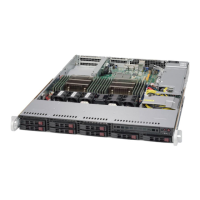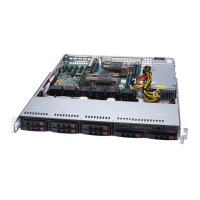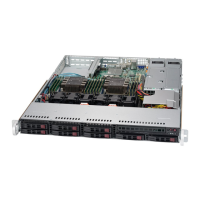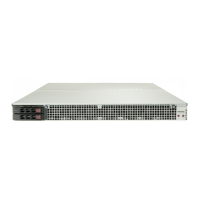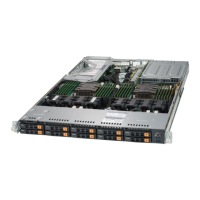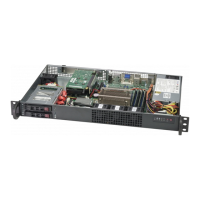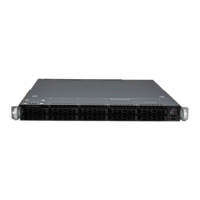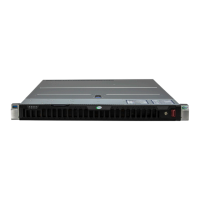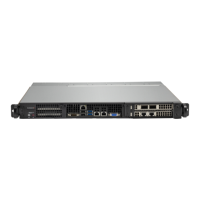Do you have a question about the Supermicro SuperServer 1028GR-TR and is the answer not in the manual?
Describes the manual's purpose and audience.
Provides links for drivers and support contact.
Explains warning symbols used in the manual.
General description of the SuperServer series, its chassis, and serverboard.
Details processors, memory, SATA, PCI slots, I/O, and IPMI.
Describes system power, SATA subsystem, control panel, and cooling.
Focuses on the server's GPU capabilities and supported cards.
Provides contact information for Supermicro headquarters, Europe, and Asia-Pacific.
Introduces installation steps, unpacking, and site preparation.
Covers rack and server safety, handling, and environmental considerations.
Details ambient temperature, airflow, loading, grounding, and stability.
Step-by-step guide for mounting the server in a standard rack.
Specific instructions for installing the server into a telco rack.
Introduces the chassis interface components: control panel, drive LEDs, power supply LEDs.
Describes front panel buttons (UID, Power) and LEDs.
Explains the function of drive carrier and power supply LEDs.
Explains industry standard warnings and symbols.
Covers installation instructions and circuit breaker requirements.
Critical safety warning for disconnecting power before servicing.
Emphasizes qualified personnel and restricted access areas.
Instructions for safe handling and unpacking to prevent ESD damage.
Details on connecting various cables and describes I/O port functions.
Step-by-step guide for installing CPUs and heatsinks.
Procedures for installing DIMMs and memory population guidelines.
Layout, jumper settings, connector pinouts, and LED indicators.
ESD precautions and control panel connection details.
Procedures for installing and removing hard drives.
Steps for installing graphics cards and low-profile expansion cards.
Discusses system fans, cooling design, and fan failure.
Procedure for replacing redundant power supply modules.
How to enter and navigate the BIOS setup screens.
Details on system date/time, BIOS version, and memory information.
Explains various advanced settings for boot, CPU, power, etc.
Covers configuring event logs and IPMI settings.
Covers setting passwords and boot order priorities.
Lists beep codes for non-fatal and fatal errors.
Details processors, chipset, BIOS, memory, SATA, network, expansion slots, serverboard, chassis.
Covers power requirements, operating temperature, and humidity.
Lists compliance standards for emissions, immunity, safety, and specific regulations.
| Brand | Supermicro |
|---|---|
| Model | SuperServer 1028GR-TR |
| Category | Server |
| Language | English |

